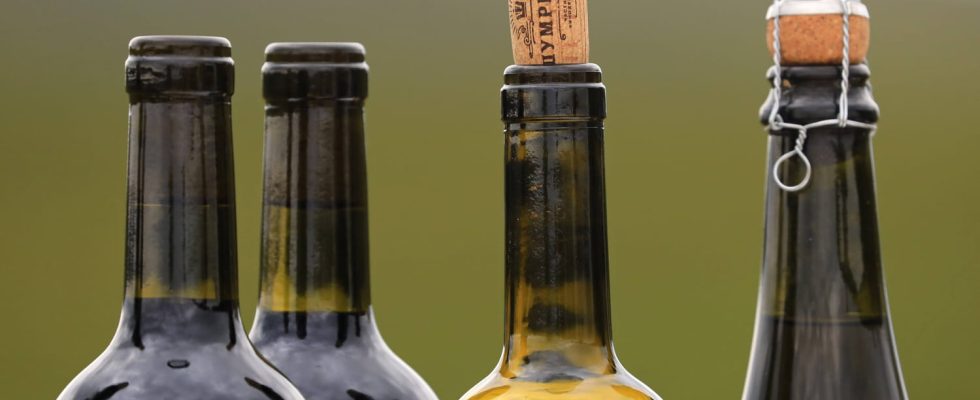Do you really take the time to look at wine bottles carefully? A new element on the label will allow you to better understand what you are going to drink.
Knowing how to choose a wine can be difficult. Those who possess this talent of choosing the bottle that will perfectly accompany a dish or knowing which wine will please their guests are themselves golden friends. It is not always easy to know how to navigate between the different appellations, the different grape varieties, the aromas and others. This is why it is often interesting to read the label carefully to find your way around.
Until very recently, wine labels were quite discreet about the composition. However, grapes are often not the only component of wine. Considered a trade secret, the wine recipe is fiercely protected by winegrowers, particularly so as not to frighten consumers with the ingredients, that is to say the products added to the raw wine products.
The European Commission has just changed this after two years of negotiations with the wine industry. New directives focus in particular on “ingredients for vine products”, including products such as sugar, additives or even preservatives (sulphur dioxide, sulphites, potassium sorbate), acidity regulators (acid L-tartaric), stabilizers (citric acid, gum arabic), or packaging gas (argon, nitrogen, carbon dioxide). A lot of jargon that can frankly be frightening.
This more transparent regulation has already been in force for food for a long time. The wine industry, which has until now benefited from exceptional treatment, is aligning itself with the subject of ingredients. A rule that has applied since December 8, 2023. All wines, including Champagne, produced after this date are necessarily subject to this rule.
In addition to the list of ingredients which must now appear on the labels of wine bottles, the nutritional value also appears on the label, that is to say the number of calories and the sugar content. The energy value must also be indicated on the label. It is calculated in kilojoules (kj) or kilocalories (kcal) per 100 ml. Allergens must also be indicated.
However, winegrowers have found a solution to not really saying everything on their bottle and maintaining a certain discretion: instead of the traditional list of ingredients as we can see on the labels of food products, wine producers can put a QR code on the back label of the bottles. Flashing this QR code allows consumers to access the composition of the wine via a website. It is therefore up to the consumers’ discretion to scan this QR code to have access to information which ultimately does not appear directly on the label. Which no one actually does. For the UFC Que Choisir, interviewed by Le Parisien, “the winegrowers have won their case”: the QR code “catches the consumer’s eye less, it is less effective” than a classic list of ingredients.
